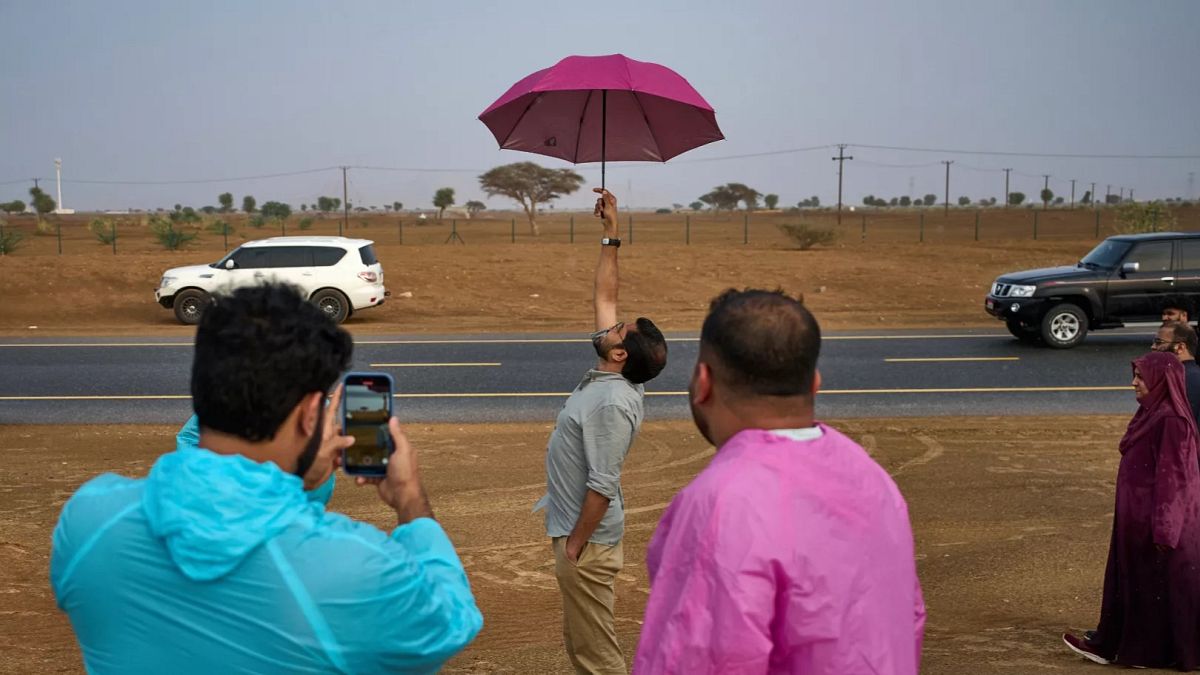

In an era marked by climate change and resource scarcity, the global community continues to navigate complex environmental challenges with thoughtful measures and innovative solutions. Reflecting a balance between adversity and opportunity, these efforts serve as a reminder of both our vulnerabilities and our resilience.
In the United Arab Emirates (UAE), a region characterized by arid desert landscapes, rain is both a blessing and a cause for concern. As the country grapples with the dual challenges of water scarcity and flash floods, the pursuit of a sustainable relationship with rain has become imperative. The UAE has been exploring cloud seeding—a process that enhances rainfall through artificial means—as a strategy to secure its water future. However, this endeavor has highlighted the delicate balance between harnessing natural resources and managing their potential hazards, such as sudden flooding in urban areas. By advancing these techniques, the UAE aims to ensure a stable supply of water while remaining mindful of the risks involved.
Across the world, in the agricultural sectors of Europe, science is paving the way for more sustainable farming practices. Researchers have been working on bio-based fertilizers as a promising alternative to conventional mineral fertilizers. One of the innovative solutions involves the cultivation of algae on dairy effluent, which has demonstrated the capacity to reduce the reliance on mineral fertilizers by up to 25%. This approach not only suggests a pathway to lessen environmental pollution and conserve energy but also holds potential for reducing Europe’s dependency on imported fertilizers, thus enhancing the region’s agricultural resilience and sustainability.
Meanwhile, in Australia, significant strides are being taken to safeguard the habitat of the beloved koala. Conservationists have raised alarms over the accelerated rate of habitat loss due to infrastructure development, prompting urgent calls to reinforce existing nature laws. In response, the New South Wales (NSW) government has announced the establishment of a significant conservation area—the Great Koala National Park. Spanning 176,000 hectares, this initiative is set to be one of the largest national parks in the state, offering sanctuary to over 12,000 koalas. Additionally, an immediate logging ban within the park’s boundaries emphasizes a commitment to preserving biodiversity and supporting forest ecosystems. This measure is coupled with socio-economic initiatives to support local timber workers affected by the transition.
These examples reflect a global trajectory toward understanding and addressing environmental pressures through thoughtful innovation and collaborative planning. Whether through technological advances like cloud seeding and algae-based fertilization or robust conservation policies as seen in Australia, the international community continues to strive for harmony between human needs and the natural world. As these challenges persist, the pursuit of sustainable solutions remains essential for fostering a balanced coexistence with our planet.
Source: {link}
